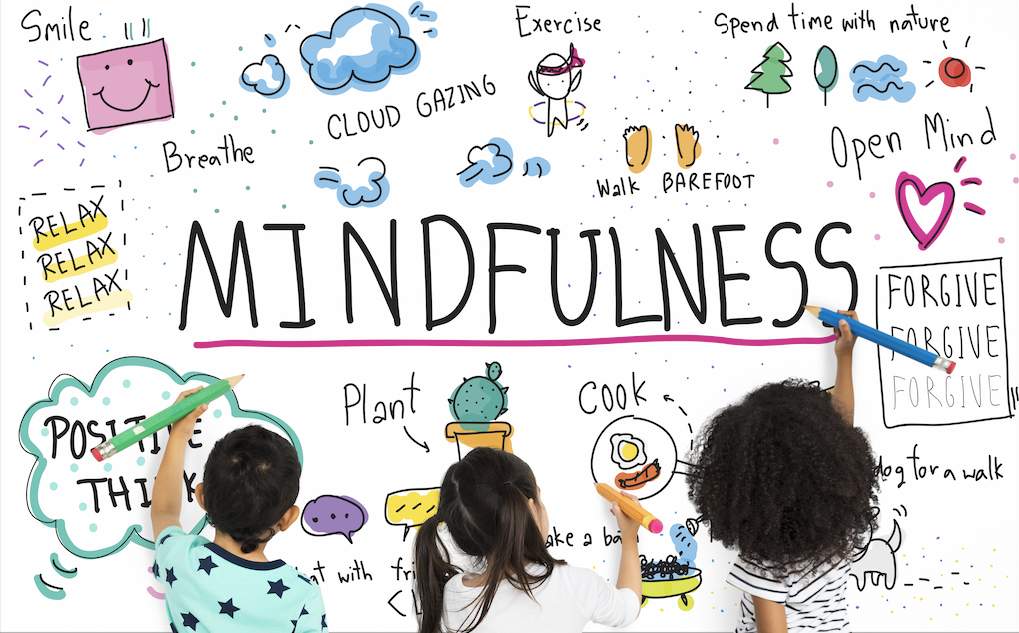In a world that moves at breakneck speed, mindfulness offers a much-needed pause for adults and children. For kids, mindfulness isn’t just about sitting still; it’s about engaging in fun and creative mindfulness activities for kids that teach them how to pay attention to the present moment without judgment. These simple practices can profoundly affect their mental and emotional well-being, making mindfulness activities for kids an essential tool in nurturing their overall development.
Math & ELA | PreK To Grade 5
Kids see fun.
You see real learning outcomes.
Watch your kids fall in love with math & reading through our scientifically designed curriculum.
Parents, try for free Teachers, use for free
As we delve into the relevance of mindfulness for kids, we’ll explore engaging activities that can help nurture a calmer, more focused, and happier generation.
Explore how SplashLearn provides comprehensive learning support for children’s development.
What is Mindfulness for Kids?

For children, mindfulness is about focusing on one aspect of their experience at a time. It’s a misconception that mindfulness is tied to religious practices or is overly complex. It can be as simple as mindful walking, listening to music attentively, or even focusing on their breathing. This practice helps children pause, reflect, and engage more deeply with their experience.
Related Reading: Strategies to Bring Out Mindfulness for Kids
Growing Relevance of Mindfulness for Children
Research underscores the importance of mindfulness for children. Studies have shown that mindfulness can lead to better academic performance, improved attention, reduced stress, and enhanced emotional regulation. For instance, a study in Developmental Psychology found that mindfulness practices led to a 15% improvement in math scores and a 24% decrease in aggressive behaviors among elementary students. These benefits extend to the brain, positively impacting areas responsible for emotions, learning, and decision-making.
As we navigate a world where stress and anxiety are increasingly prevalent, even among children, introducing mindfulness at a young age can be a game-changer. It equips them with the tools to manage stress effectively, acknowledge their emotions, and make responsible decisions.
Discover how SplashLearn’s educational resources help children thrive in mindfulness and learning!
11 Mindfulness Activities for Kids
1. Breathing Buddies
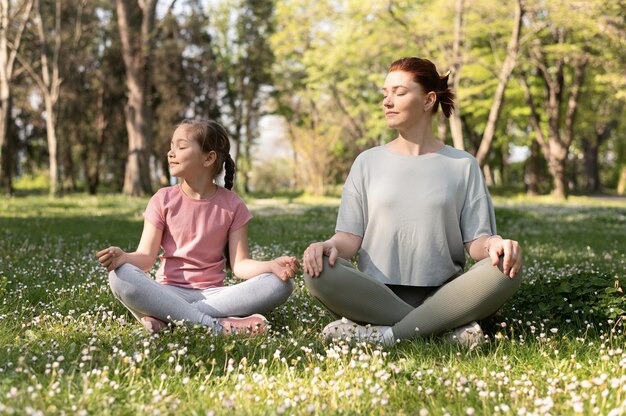
In this mindfulness exercise, children lie down with a plush toy on their belly. They focus on the rise and fall of the toy as they breathe deeply. This visual aid helps them understand and regulate their breathing.
Benefits: This mindfulness activity teaches children how to calm their minds and bodies. It’s an excellent way for kids to learn deep breathing, a fundamental aspect of mindfulness meditation for kids.
Related Reading: Best Meditation Videos for Kids
2. Mindful Coloring
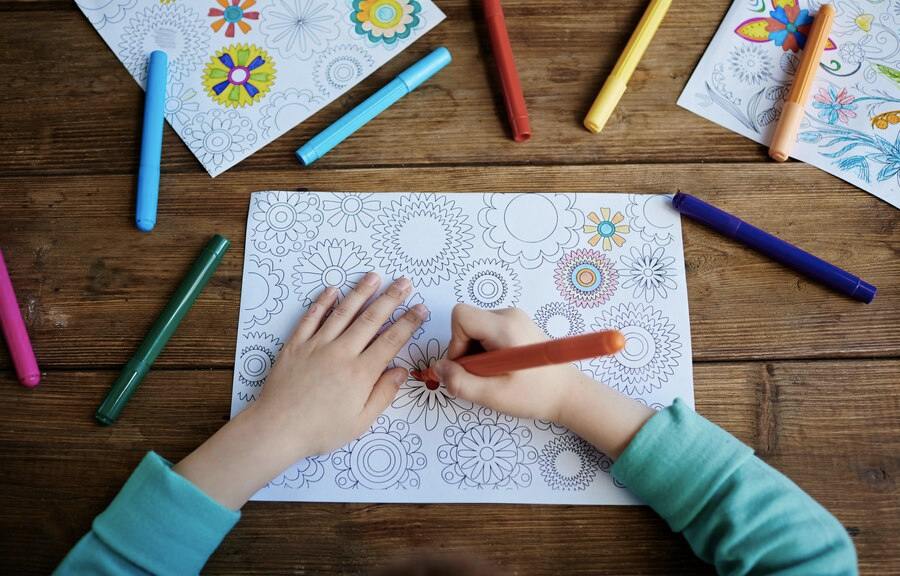
Mindful coloring involves children focusing fully on the act of coloring. They pay attention to the choice of colors, the lines they are drawing, and the sensations of the coloring process.
Benefits: This activity is a form of mindfulness for kids that enhances concentration and present-moment awareness. It’s a peaceful and creative way to introduce children to mindfulness practices.
Related Reading: Best Concentration Games for Kids
3. Nature Walks
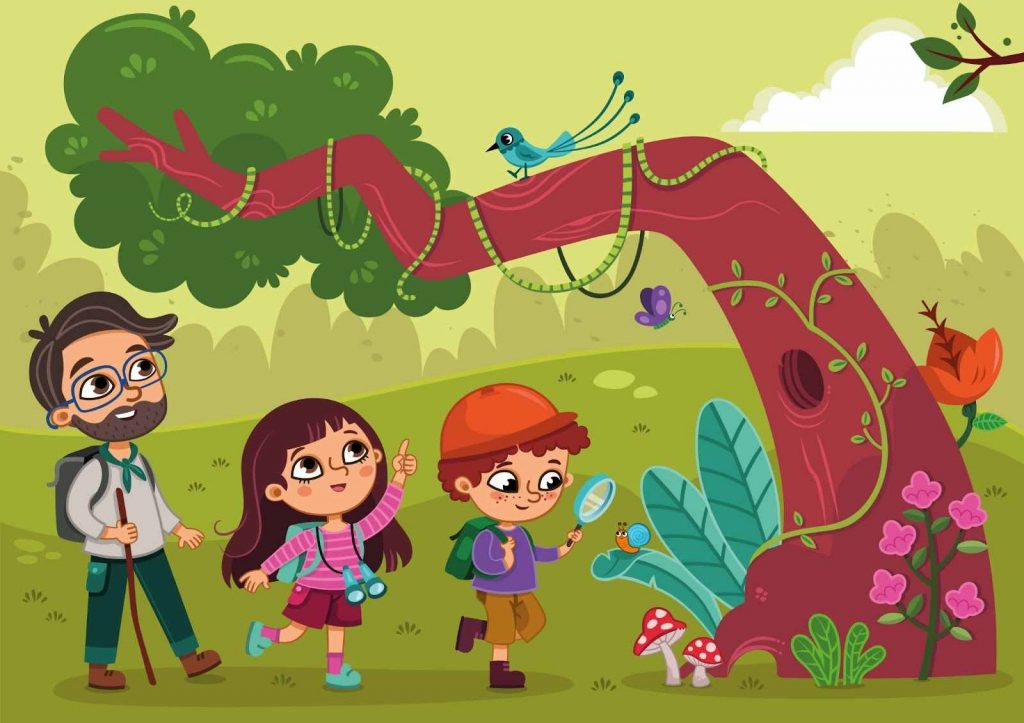
Nature walks as a mindfulness exercise involve children walking in nature and using their senses to notice the environment. They observe the colors, sounds, smells, and textures around them.
Benefits: This mindfulness activity connects children with the natural world, enhancing their sensory awareness and environmental appreciation. It’s a calming experience that fosters a sense of peace and grounding.
4. Yoga for Kids

Yoga for kids combines simple yoga poses with mindful breathing. It’s tailored to be fun and engaging, often incorporating animal poses and imaginative scenarios.
Benefits: This form of children’s mindfulness promotes physical strength, flexibility, and balance. It also helps develop concentration and a mind-body connection, essential aspects of mindfulness for kids.
Related Reading: Workouts for Kids That Teaches Them Discipline & Focus
5. Storytime Meditation
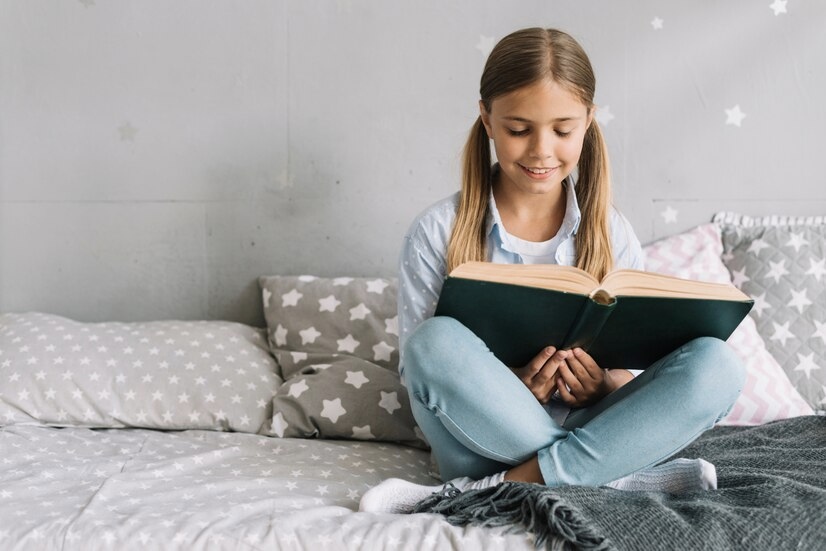
This mindfulness activity combines storytelling with meditation. Children listen to a story and are guided to imagine the scenes, focusing on the details and feelings described.
Benefits: Storytime Meditation is a mindfulness example that enhances children’s imagination and listening skills. It helps them to be present and fully engaged in the story, fostering a sense of calm and focus.
Related Reading: Free Online Classic Storybooks for Kids
6. Mindful Eating
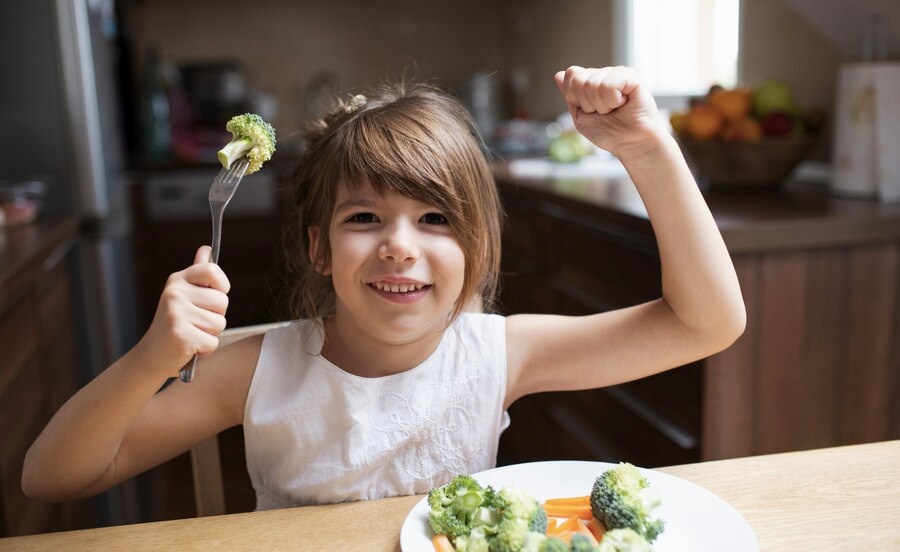
Mindful eating involves teaching kids to eat slowly and with awareness. They focus on the taste, texture, and aroma of their food, appreciating each bite.
Benefits: This practice is one of the effective mindfulness activity that teaches children to enjoy and savor their meals. It promotes a healthy relationship with food and an appreciation for the nourishment it provides.
7. Gratitude Journaling
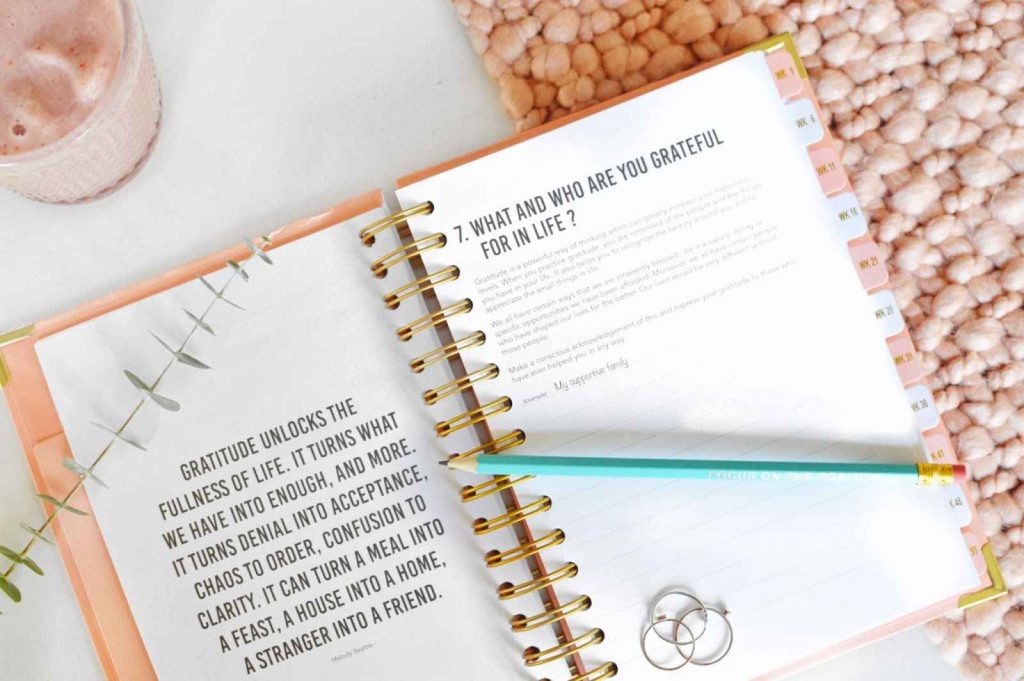
Gratitude journaling is a daily practice where children write down things they are thankful for. This can range from big events to small pleasures of their day.
Benefits: As a group mindfulness exercise, it encourages positivity and a sense of well-being among children. It helps them recognize and appreciate the good in their lives, fostering an attitude of gratitude.
Related Reading: Best Gratitude Activities for Kids
8. Sensory Sand Play
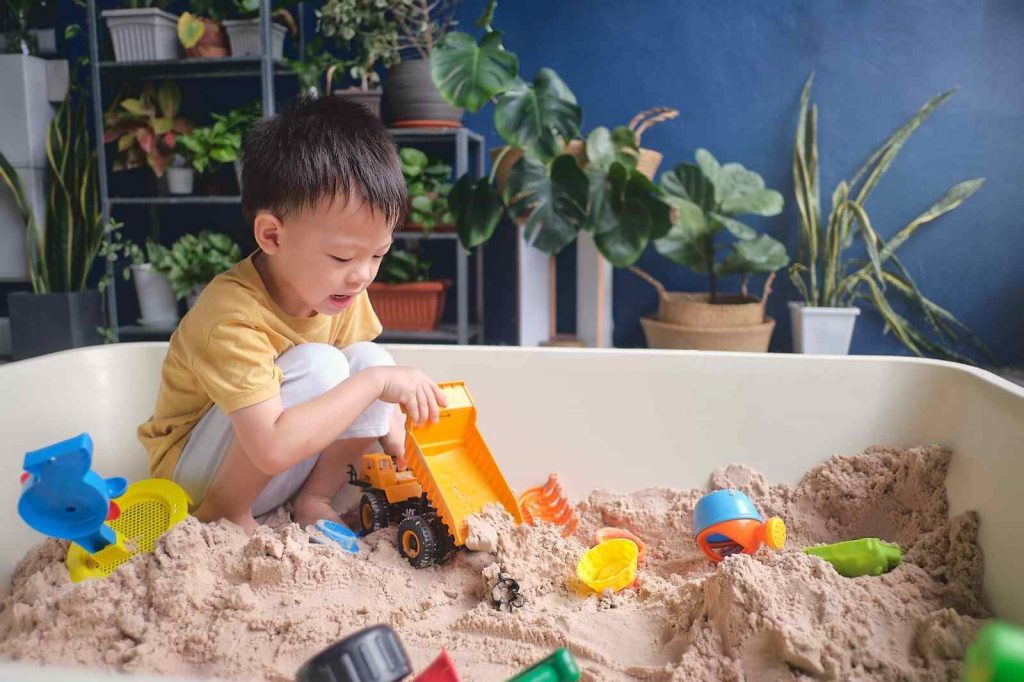
In this activity, children use sand to explore different textures and sensations. They can draw in it, build with it, or simply feel it flow through their fingers.
Benefits: Sensory Sand Play is a form of mindful breathing for kids, as they focus on their tactile experiences and the calming motion of the sand. It’s a great way to engage their senses and practice mindfulness in a playful setting.
Related Reading: How to Set Up a Sensory Room in Your School: 8 Easy Steps
9. Bubble Blowing
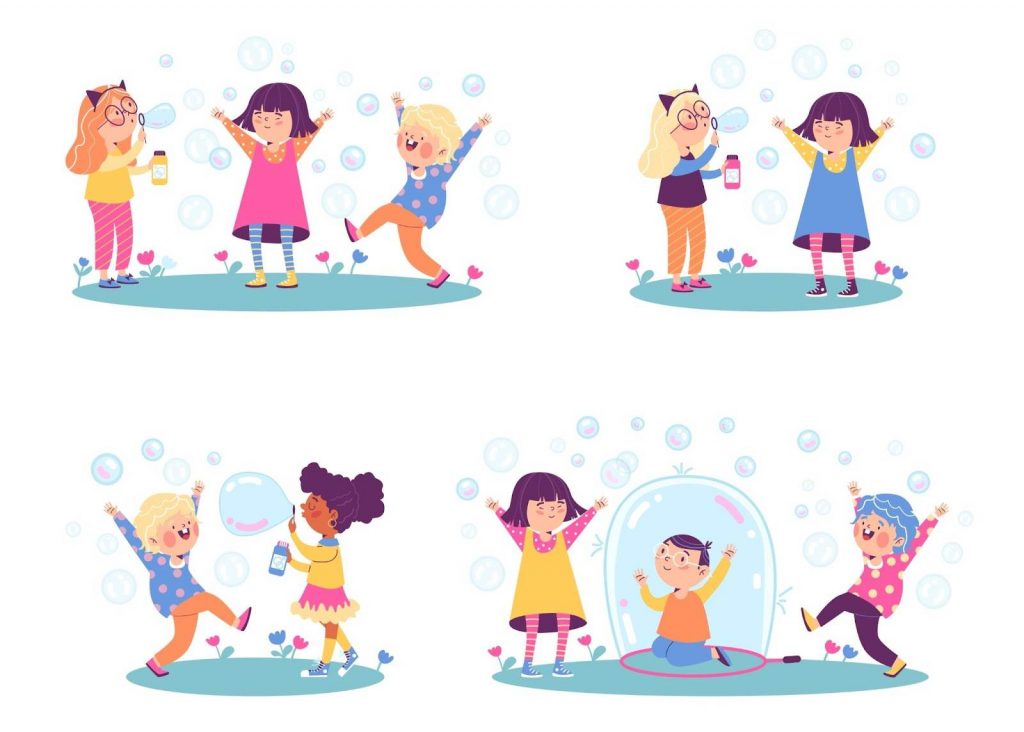
Bubble Blowing is a fun mindfulness activity where kids focus on their breath and the bubbles they create. They observe the bubbles’ formation, float, and pop, which helps in focusing their attention.
Benefits: This activity is a playful way to teach kids mindfulness, especially mindful breathing. It enhances visual and breath awareness, making it a delightful group mindfulness exercise for children.
10. Listening Games
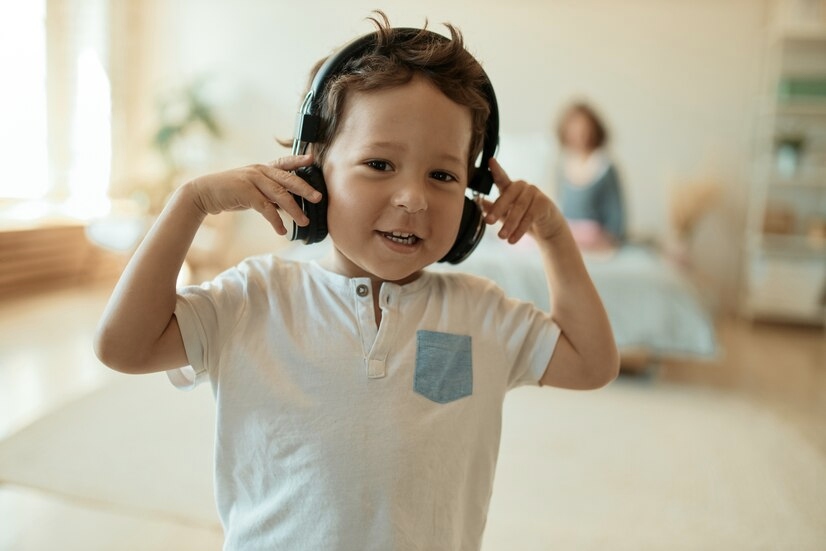
Listening Games involve various fun activities that sharpen auditory attention. Children might listen to different sounds in their environment or follow a story with closed eyes.
Benefits: These games are excellent mindfulness art activities combining creativity with auditory focus. They help children improve their listening skills and develop greater awareness of their surroundings.
11. Body Scan for Kids
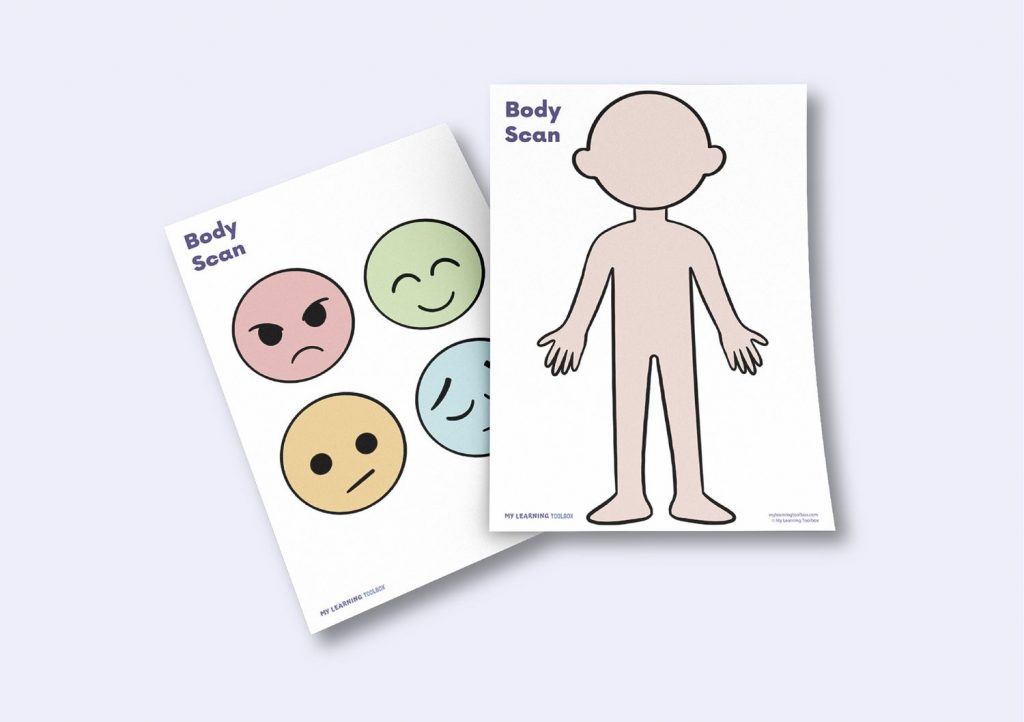
Body Scan for Kids is a guided relaxation technique where children focus on each part of their body in turn. They learn to notice sensations without judgment, from their toes to their head.
Benefits: This mindfulness exercise promotes relaxation and body awareness. It’s a fundamental aspect of mindfulness for kids, helping them understand and connect with their physical selves in a calm, attentive manner.
Related Reading: Best Mental Health Activities for Kids
3 Benefits of Mindfulness Activities for Kids
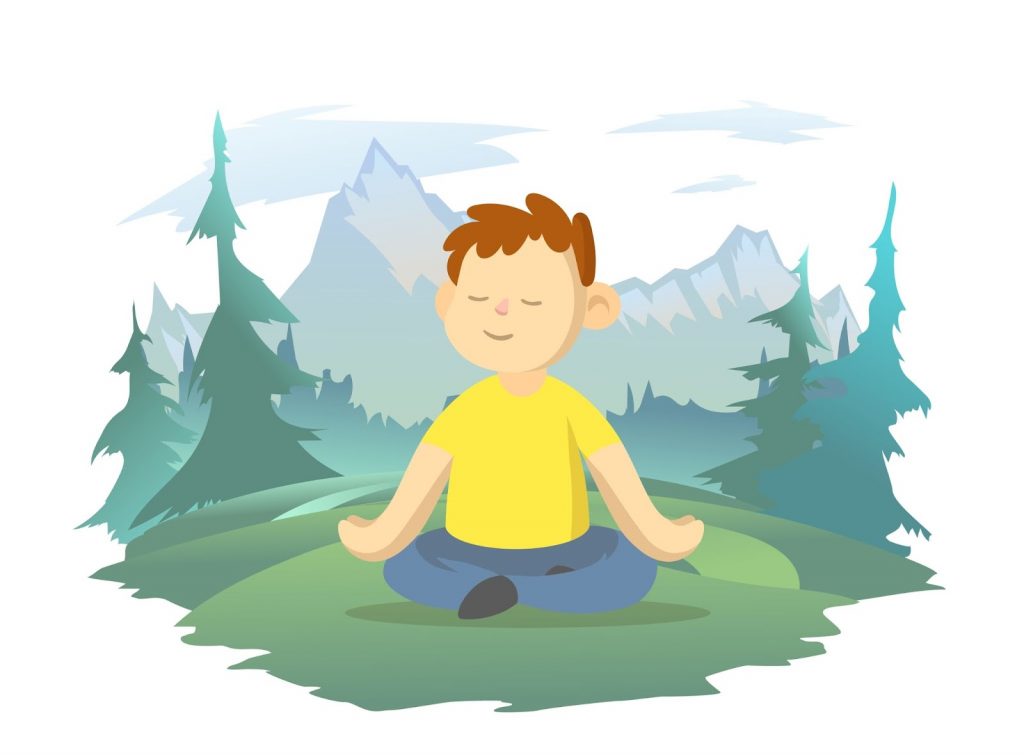
Mindfulness activities for kids offer a range of benefits that extend far beyond the immediate moment of practicing them. These benefits touch various aspects of a child’s life, from mental and emotional well-being to their ability to focus and empathize with others:
1. Positive Impacts on Mental and Emotional Health: Engaging in mindfulness activities for kids has been shown to improve their mental and emotional health significantly. These practices teach children how to process their emotions more healthily and reduce feelings of anxiety and depression.
2. Improvements in Focus and Stress Management: One of the most notable benefits of mindfulness for children is improving their ability to focus. Mindfulness exercises train the brain to concentrate on the present moment, which enhances attention span and cognitive focus.
3. Enhancement of Empathy: Another significant benefit of mindfulness is the development of empathy. Mindfulness encourages children to be more aware of their feelings and thoughts, which in turn makes them more attuned to the emotions of others. This heightened sense of empathy fosters better relationships and social interactions as children become more compassionate and understanding towards their peers.
8 Mindfulness Parenting Tips

Incorporating mindfulness into parenting can have a profound impact on both children and parents. Here are some tips on how parents can weave mindfulness into their parenting style, model mindful behavior, and create a nurturing, mindful home environment:
1. Start with Yourself: The first step in mindful parenting is to practice mindfulness yourself. Engage in regular mindfulness exercises to manage your stress and emotions. This personal practice will benefit you and set a positive example for your children.
2. Mindful Listening: Practice truly listening to your children. This means giving them your full attention, making eye contact, and refraining from forming a response while they are still talking. This shows respect for their feelings and thoughts and teaches them the value of active listening.
3. Mindful Responses: Before reacting to your child’s behavior, take a moment to pause and breathe. This brief pause can help you respond more thoughtfully and calmly rather than reacting impulsively.
4. Demonstrate Patience: Show your children how to handle frustration and anger in a mindful way. When you feel overwhelmed, verbalize your process of taking deep breaths and taking a moment to calm down. This teaches them practical ways to handle their emotions.
5. Share Your Practice: Let your children see you engage in mindfulness activities. Whether it’s meditation, yoga, or simply enjoying a quiet moment, seeing you practice mindfulness encourages them to try it too.
6. Mindful Spaces: Create spaces in your home that encourage mindfulness. This could be a quiet corner with comfortable pillows for meditation or a space for mindful coloring and crafts.
7. Routine Mindfulness Practices: Incorporate mindfulness practices into your daily routine. This could be as simple as a moment of gratitude before meals, mindful breathing exercises in the morning, or a body scan before bedtime.
8. Open Communication: Foster an environment where feelings and thoughts can be openly discussed without judgment. Encourage your children to express themselves and validate their feelings, promoting an atmosphere of mindfulness and emotional intelligence.
By integrating these mindfulness parenting tips into your daily life, you can create a more peaceful, empathetic, and mindful environment for your family. This not only benefits the emotional and mental well-being of your children but also strengthens the family bond.
Related Reading: Best Anger Management Activities for Kids
Conclusion
In embracing mindfulness activities for kids, we open the door to a world of calm, focus, and emotional balance for our children. As parents and caregivers, our role in guiding and participating in this journey is invaluable, setting the foundation for a more mindful, compassionate, and resilient generation.
Related Reading: Calming Strategies for Kids Every Parent Should Know
Frequently Asked Questions (FAQs)
How do I teach my child mindfulness?
Teaching mindfulness to your child involves starting with simple practices like mindful breathing or storytelling meditation. Model mindfulness yourself and create a consistent routine for mindfulness activities.
What are mindfulness activities in nature for kids?
Mindfulness activities in nature for kids can include nature walks, exploring textures, sounds, and smells in the outdoors, or simply sitting quietly and observing the natural environment to enhance their sensory awareness and connection with nature.
How do you instill mindfulness in children?
Instilling mindfulness in children is achieved by incorporating mindfulness practices into their daily routines, creating mindful spaces at home, and fostering open communication about their thoughts and feelings to encourage self-awareness and empathy.

















